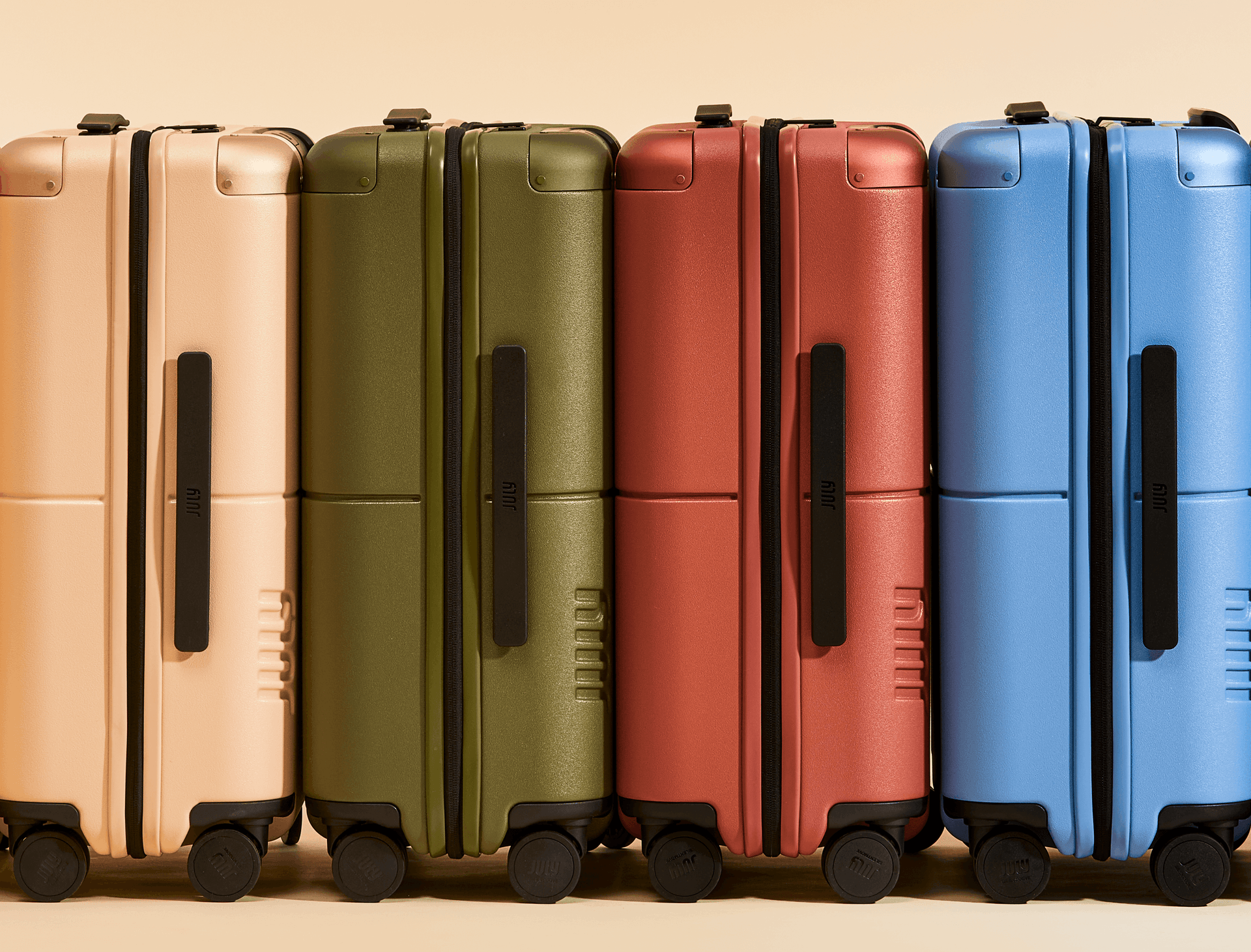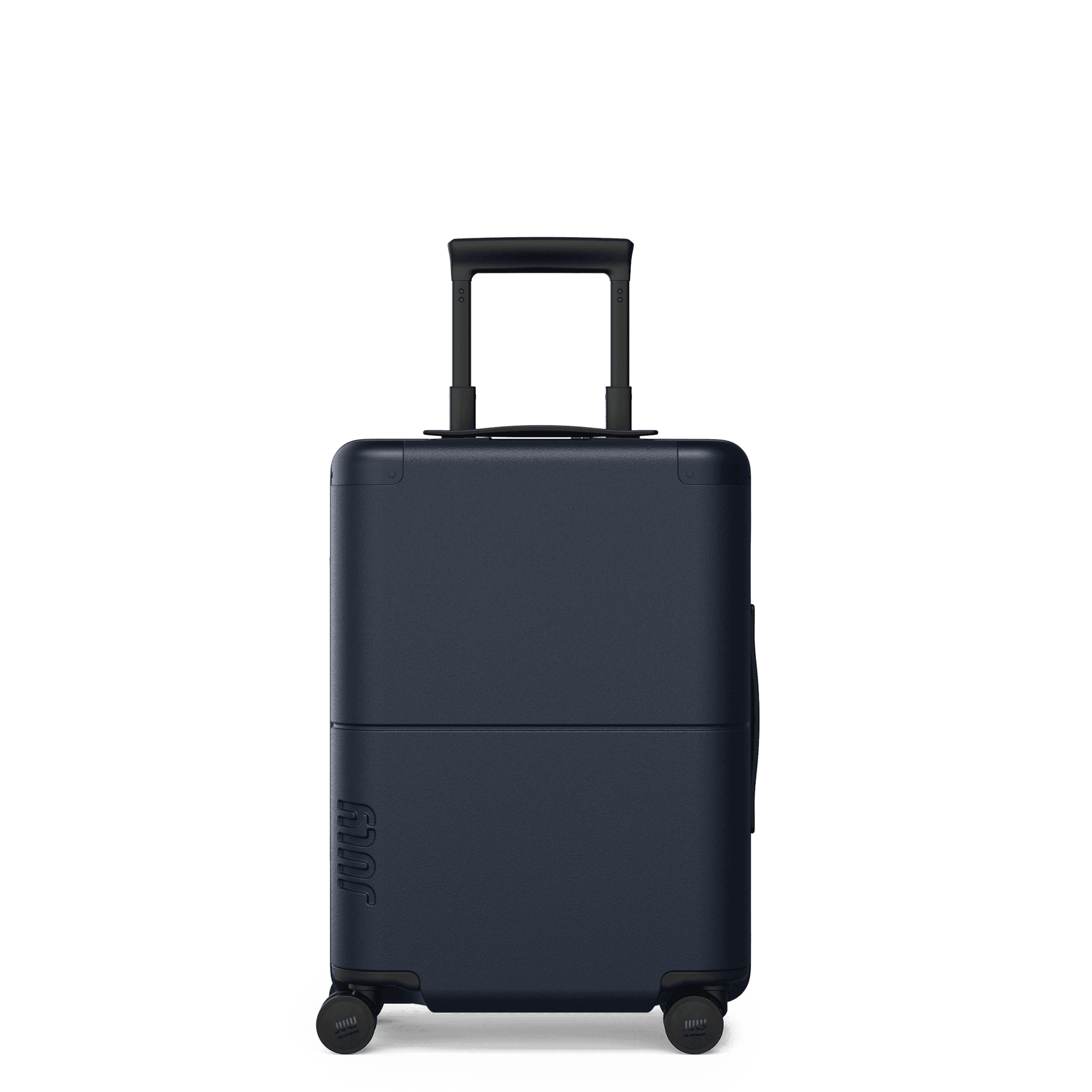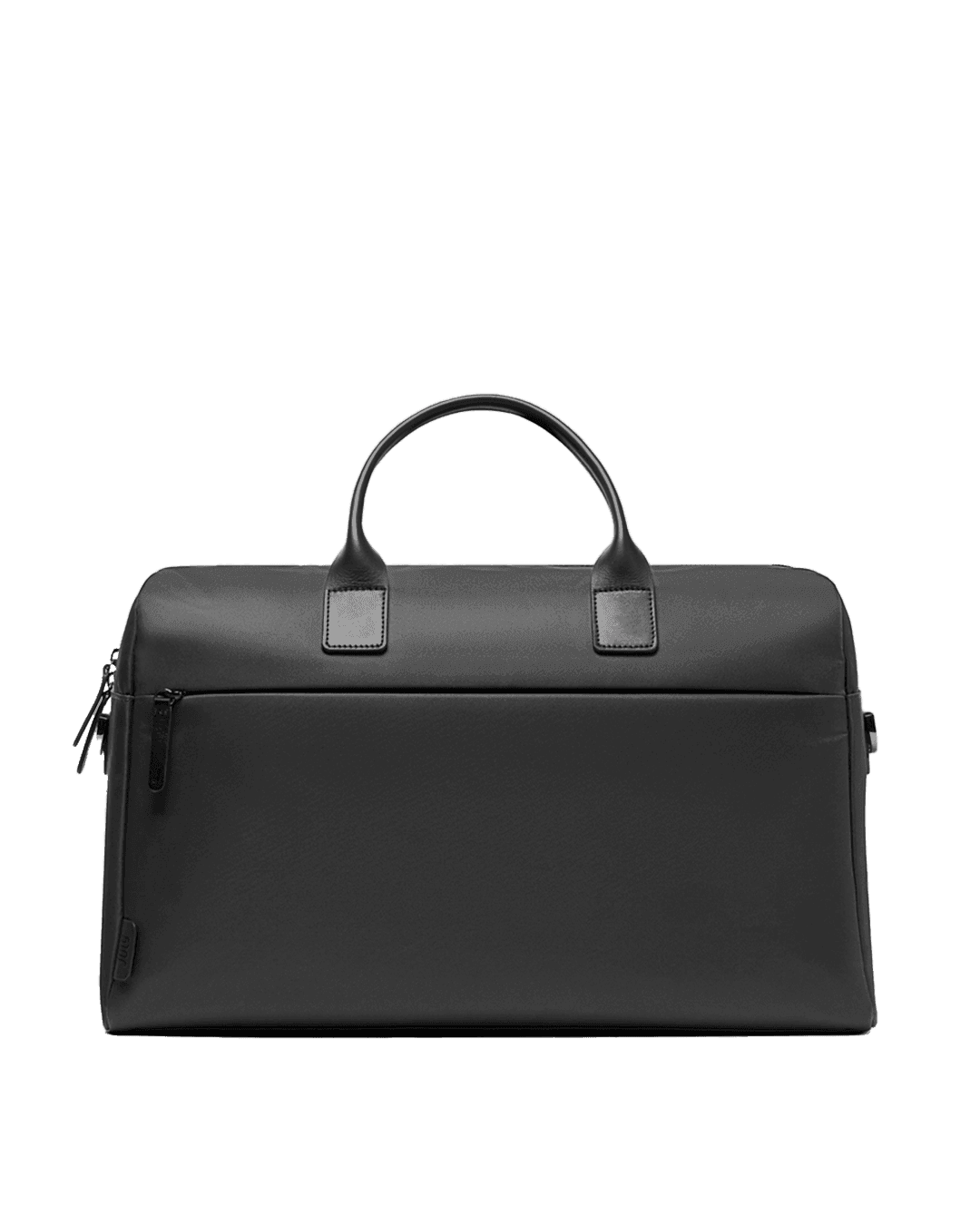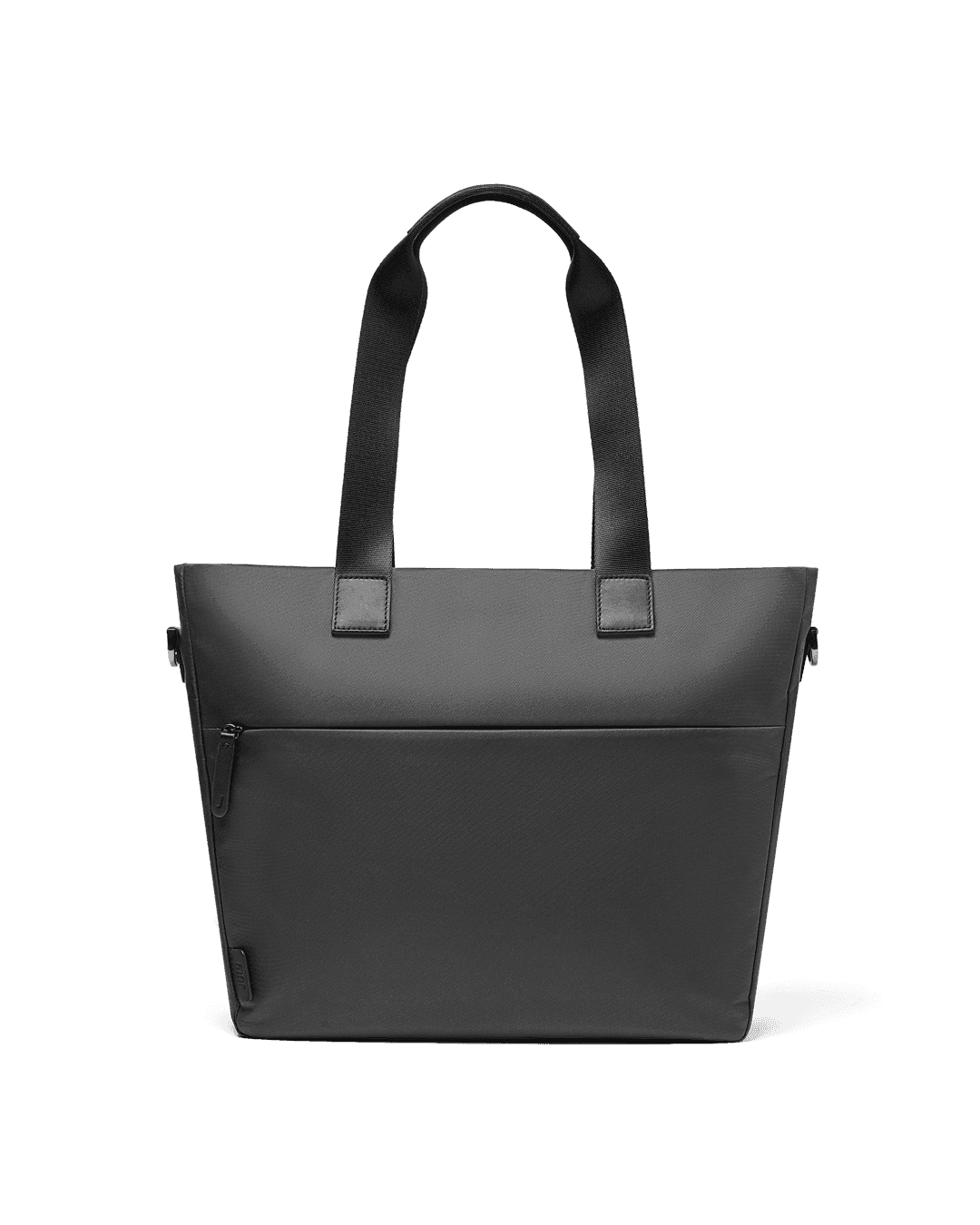
Travel
International Carry On Size: The Ultimate Guide
International travel can be stressful, especially if it’s your first time. And even when you’re a seasoned pro, there are so many different things to keep in mind in order to travel efficiently.
Packing light and sticking to a carry-on as opposed to a checked bag is one way to ensure that your international trip runs smoothly… but especially when you’re jumping from train to plane to another airline’s plane, it can be hard to know what you can and can’t bring, especially when regulations differ from country to country and airline to airline.
To help make your next journey a little bit easier, let’s talk about the carry-on size requirements for your next trip abroad so you can be as prepared as possible for your jet-setting lifestyle.
Why Travel With Only a Carry-On?
When you’re travelling internationally, it’s not uncommon to spend more time away than you would if you were just hopping to the next city over a long weekend. You want to make the most of that long flight, after all. Plus, it’s generally more expensive to travel over to another country — especially if we’re talking about a whole other continent — so you want to be sure that your trip is worth it, and you squeeze out every moment of delicious cuisine and sightseeing possible.
Longer trips mean more outfits, more shoes, and more weather variations… and that (normally) means more luggage. But it doesn’t have to. Especially if your trip has multiple legs and you’re going to be visiting several locations while you’re away, travelling light can be a much better option.
While checking a bag means you’ll be able to travel lighter while you’re in the airport, you’ll want to think about how you plan to travel outside the airport. Packing heavy is totally fine if you’re setting out on a road trip abroad or planning to rent a car, but if you’re mainly travelling via public transit or foot, you may want to pack your checked bag a bit lighter and leave that extra pair of shoes at home.
Additionally, using a carry-on bag means that you don’t need to worry about waiting for your checked bag to be unloaded once you disembark. You can head straight to your destination unhindered.
It also simplifies the check-in process because, for most airlines, you can get your boarding pass online and head straight for security. This streamlines your airport process and maximises the time you can spend shopping duty-free.
Packing the Perfect Carry-On Bag
When it comes to packing the perfect carry-on bag for international travel, it all starts with your luggage. You want something that meets the requirements (more in the next section) and fits all of your necessities.
Our Carry All Weekender is ideal as a carry-on. It’s water-resistant and comes decked out with everything you need to keep your things organised on the go. From external D-rings for additional attachments to a 16” laptop padded sleeve to make getting through TSA a breeze, you can’t go wrong with this as your cabin bag.
Make sure to keep your liquids in containers that hold less than 100ml and keep them in a single clear plastic bag, and you’re good to go.
What’s a Safe Carry-On Size for International Travel?
You may be familiar with the carry-on luggage requirements and size limits when it comes to domestic flights. If you’re a frequent flyer, you also probably have a good idea of what the overhead bin looks like on American Airlines and Delta flights, for instance, so you just eyeball the size of your carry-on baggage.
But much like the luggage size requirements vary wildly between United Airlines and more budget-friendly options like Jetblue or Southwest, international airlines can have even more varied size restrictions and weight restrictions, so it’s important to do your research before you travel. That way, you don’t have to worry about endless unexpected baggage fees or getting your bag gate-checked when it’s full of carry-on items you’ll need to access, such as your diaper bag or laptop bag.
So let’s talk generally about carry-on requirements for international travel so you know what a safe size is for your carry-on, no matter how you intend to travel.
Weight Limits
Carry-on luggage size in terms of height and width is one thing (which we’ll also discuss), but the first thing you need to consider, especially if you’re using only a carry-on bag when you travel, is the weight restrictions. In the United States, most airlines will not weigh your carry-on baggage ahead of boarding. For example, even with a basic economy ticket on many American airlines, it’s uncommon to have your carry-on baggage weighed before you’re allowed to board.
However, when travelling in Europe and the UK, it’s far more likely for your bag to be weighed. When travelling on budget airlines such as EasyJet and Ryan Air, you’ll be looking at a slim 15 pounds or 6kg.
Singapore Airlines, Cathay Pacific, Qatar, Air New Zealand, and Emirates all cut off the carry-on weight limit at that weight with economy tickets, although higher fares may mean higher weight limits. Turkish Airlines asks that you stay under 17 pounds, while on the total other end of the spectrum, British Airways will wave you through even if your bag weighs a whopping 50 pounds.
Still, be sure to check the individual airline before you leave because it’s always better to be safe than to be slapped with a massive last-minute checked baggage fee on all of your international flights.
Size Limits
When it comes to size limits for your carry-on bag, this is where things can get really varied depending on what airline you’re using. On average, a carry-on luggage size limit of 22” x 14” x 9” is safe on most airlines. This applies to airlines like Allegiant Air, Alaska, Delta Airlines, Hawaiian Airlines, Qantas, Virgin Atlantic, United, and even JetBlue. And generally, most domestic flights will adhere to this size limit.
That said, especially if you’re going on an airline that generally does low-budget, short-haul flights, the limits tend to be stricter. There are two ways you’ll see these size limits offered. One is most familiar: by height, width, and depth. Some airlines, however, may give your size limit in linear inches, which means that when you add up the height, width, and length of your bag, that number can’t exceed the linear inch requirement. So don’t get too excited if you see a super high number — keep reading first.
Ryanair, which somewhat infamously has some of the most limiting size requirements, won’t let you bring a carry-on bag that exceeds 21.5” x 15.5” x 7.5”, and they’ll almost always check and ensure that your carry-on doesn’t exceed that.
Our Large Carry All Tote is ideal for flights with strict baggage requirements like this. It’s a slim tote that’s equally comfortable slung over your shoulder for hands-free travel or held in your hand when you’re cutting through busy airports or public transit terminals. It measures a sensible 16.1” x 11.8” x 6.5”, so it’s well within even the strictest carry-on requirements, making it the ideal bag for any multi-leg international trip.
Generally, if you ensure that your carry-on bag is under those measurements, you’ll be safe on airlines… but again, double-check first.
Carry-Ons vs. Personal Items
It’s important to note that while domestic flights often allow you a carry-on bag and a personal item by default, not all international airlines adhere to this. There’s nothing stopping you from having a smaller bag for your credit card or as a camera bag to keep necessities on hand, but some airlines, like easyJet, might restrict you to one cabin bag only.
This means that the flight crew might ask you to prove that your smaller bag can fit into your chosen cabin bag and still be within the size limits. It’s important to take note of these minute differences in airline policies before you leave, because it would be a real mood-killer to have to pay a huge baggage fee to check your carry-on because you had a small wristlet, too, and it didn’t fit into your bag.
Boarding Time
International travel is one of the most rewarding travel experiences out there, but if you don’t do your research, it can also involve a lot of hassle. Make sure that you’re prepared for your next journey across the globe by checking out the baggage restrictions and requirements ahead of time, and you’ll be able to start your journey off on the right foot. Prepared, relaxed, and ready for anything.


